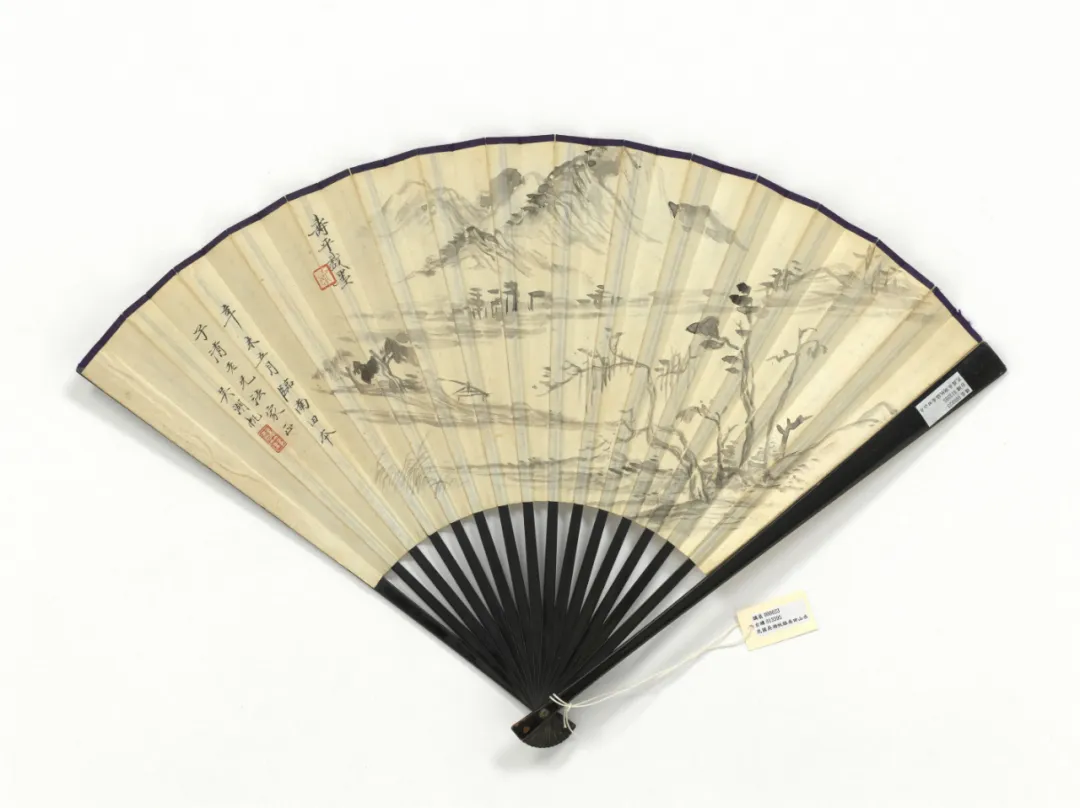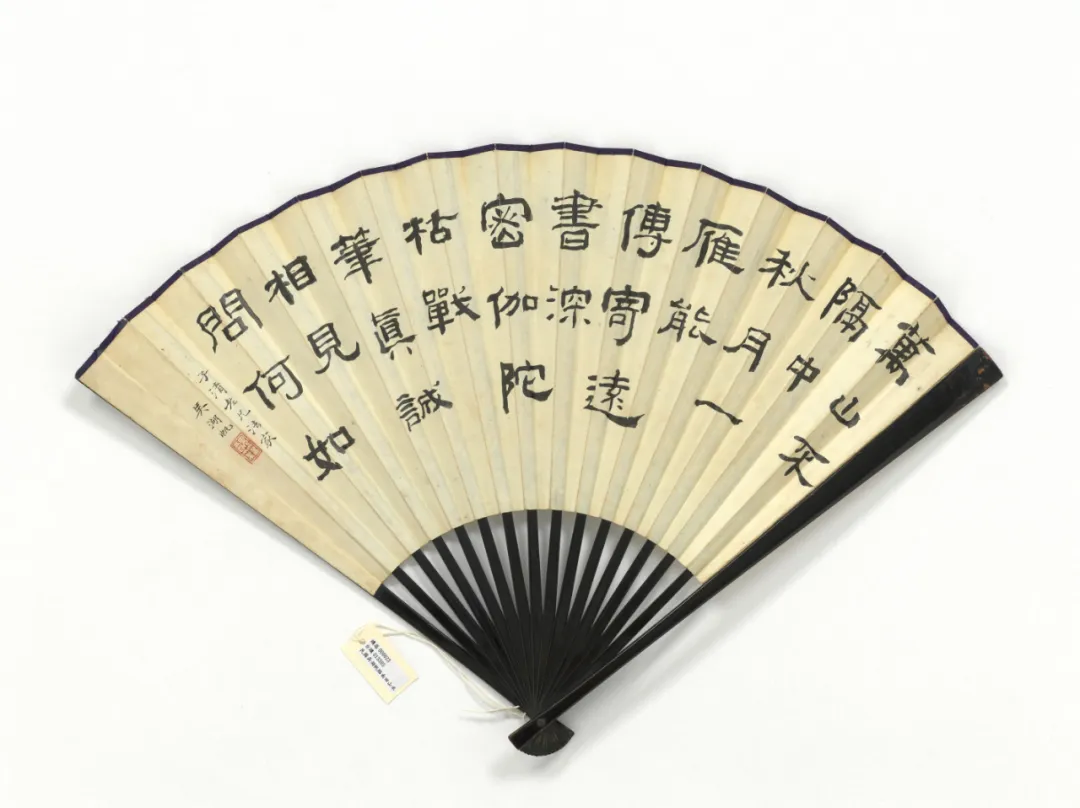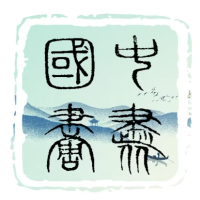
吴湖帆(1894年农历七月初二—1968年8月11日),江右苏州人,派自大澄之后。居昔金俊明“春草闲房”旧址,自幼被家风所熏,膏肓启蒙,拜陆廉夫为师,习画于彼。遂适沪上,立书画事务所,创正社书画会。乙未岁,肇梅景书屋,纳徒教艺。初与溥儒齐名,海内誉之“南吴北溥”。后与吴子深、吴待秋、冯超然合称“三吴一冯”,画荷尤工,集绘鉴藏三艺于一身,成就显赫,可谓绘史之一时现象。
吴湖帆精于鉴赏,藏金石书画达千余件。居名“四欧堂”,以藏宋拓欧帖四幅为号。收藏家多托其辨真伪,尤于古画,目之即知,无所避。门下有张珩、徐邦达、杨仁恺等,其每作画,必亲磨墨,有问其故,曰:“自磨墨,不独得浓淡之宜,亦是思虑之良辰。”
吴湖帆擅山水,亦工松竹芙蕖。初学自清初四王,继之以明末董其昌,后入宋人董源、巨然、郭熙门下,师法虽众,然笔法渐趋凝重,画风愈显秀丽。设色含烟云之迷蒙,泉石之洗荡,其山水之作,特曼妙,画时先泼大墨以洒纸上,稍干,用淡墨渲染,装裱成后,如云岚出岫,延绵不绝,其奇妙,莫可名状。画鸟画牛,亦以其稀世之珍贵为尚。
吴湖帆画风,清韵灵秀,自开一格,当世三四十年间,其笔下出神入化,游刃有余,画坛瞩目,梅景书屋成为江浙大地艺术交流之所,多士云集。其青绿山水,色彩层次丰富,线条飘逸自如,含刚健于婀娜,开辟绘事新境,成旷世奇绩于画史。
Wu Hufanwas born on the second day of the seventh lunar month in 1894 and passed away on August 11, 1968.,a native of Suzhou in Jiangsu, was a descendant of the renowned Qing dynasty artist Wu Dacheng. He resided at the former site of the "Idle Room of Spring Grass" originally owned by Jin Junming. From a young age, nurtured by his family's influence, he studied painting under the tutelage of Lu Lianfu. Later, he moved to Shanghai, established a studio for painting and calligraphy, and founded the Zhengshe Painting and Calligraphy Society. In the year of Yiwei, he founded the Mei Jing Book House and began teaching students. Initially, he was as renowned as Pu Ru, collectively known as "Wu of the South and Pu of the North." Later, he was grouped with Wu Zishen, Wu Daiqiu, and Feng Chaoran, known as "Three Wus and One Feng," excelling in painting boneless lotuses, embodying painting, appraisal, and collecting, his achievements were prominent, representing a phenomenon in the history of Chinese painting.
Wu Hufan was skilled in appraisal and rich in collections, possessing over a thousand pieces of calligraphy, paintings, and antiquities. His residence was named "Four Ous Hall," so called because of the four rubbings of Ouyang Xun's calligraphy he owned. Collectors frequently sought his expertise in authenticating artworks, particularly ancient paintings, which he could authenticate at a glance. His disciples included famous art appraisers Zhang Heng, Xu Bangda, and Yang Renkai. Whenever Wu Hufan painted, he would grind his own ink, explaining that doing so not only allowed him to control the shade but also provided precious moments for contemplation.
Wu Hufan was adept in landscape painting and also excelled in painting pine trees, bamboos, and lotuses. He initially learned from the "Four Wangs" of the early Qing period, then studied under Dong Qichang of the late Ming, and later deeply influenced by Song dynasty artists like Dong Yuan, Juran, and Guo Xi. Although he learned from many masters, his brushwork gradually became more profound and deliberate. His painting style was exquisite and full, with colors that conveyed a sense of mist and clouds and the purity of springs and stones. His landscape works were particularly distinctive; he would first splash ink with a large brush, and after it slightly dried, he would overlay it with light ink, adding shades that, once mounted, appeared like clouds and mists stretching endlessly, creating a breathtaking effect. His paintings of birds and oxen were also prized for their rarity.
Wu Hufan's painting style was fresh and graceful, establishing a unique manner that garnered him widespread acclaim in the art circles of the 1930s and 1940s. His mastery and effortless skill were particularly evident, making him a leading figure in Shanghai's art scene. His "Mei Jing Book House" became the most influential artistic salon in the Jiangsu-Zhejiang area, frequented by well-known artists and literati of the time. His paintings of green landscapes were remarkable for their depth of color and elegant line work, which embodied strength within grace, thus pioneering new realms in painting and achieving an extraordinary feat in the history of Chinese art.
(文末附视频)


《云表奇峰》者,湖帆之精品也。此画于四十年代画坛激荡甚,以“融南北,包百家”称,虽溢美之言,实有其事。主以元赵雍小青绿法,近景斧劈皴柔化,妙合南北宗法,远景披麻皴尤工,松秀而排妥,赏之令人心旷神怡。湖帆自以为得意,三跋其上,复请番禺叶恭绰、苏杭陈定山赋跋于旁。与潘静淑钤七方印,显其珍重之至。
"Cloud-Capped Peaks" is one of Wu Hufan's masterpieces, which had a significant impact on the Chinese art scene of the 1940s. It is considered a cross-era work that "integrates styles from north and south, encompassing diverse schools," though perhaps with some hyperbolic praise. The painting primarily follows the small green and blue style of Yuan dynasty's Zhao Yong, with softened axe-split textures in the foreground, beautifully combining the methods of northern and southern schools. The distant texture resembling spread hemp is meticulously executed, with elegantly arranged pines that please the eye. Wu himself was particularly proud of this work, annotating it thrice and inviting Ye Gongchuo from Panyu and Chen Dingshan from Suzhou to add inscriptions. Together with his wife Pan Jingshu, they applied seven seals, indicating their great treasuring of this piece.


《荷花鸳鸯》者,湖帆依恽南田法,绘荷叶荷花,点染清凉绿荫,掩盖炎夏烈日。周炼霞以宋人工笔,精绘五彩鸳鸯一对,依偎于覆天荷叶之下,怡然自得。画右湖帆作《五彩结同心》诗一首,展其雅意。
"Lotus and Mandarin Ducks" shows Wu Hufan employing the style of Yun Nantian to paint lotus leaves and flowers, creating spots of cool green shade that cover the fierce summer sun. Zhou Lianxia used the meticulous brushwork style of the Song dynasty to exquisitely depict a pair of colorful mandarin ducks, nestled under the canopy of lotus leaves, content and at ease. To the right of the painting, Wu Hufan wrote the poem "Rainbow Hearts Entwined."


《竹石》者,画面清新,湖石立于空旷之地,细竹环绕,竹叶繁盛;石后树木,枝头红花点缀。湖石以青绿晕染,树木虚实并用,层次分明,突出自然之精神。
In the "Bamboo and Rock" painting, the scene is refreshingly clean, with a rock and lake prominently placed in an open area, surrounded by slender bamboos with lush leaves; behind the rock, a tree adorned with red flowers stands out. The rock and lake are tinted with shades of blue and green, while the tree uses a technique that blends the solid and the void, emphasizing depth.




吴湖帆之山水画,不但技巧高超,亦显其心境与情感。勇于破南北宗之壁,深得艺术规律与传统文化。独树一帜之风,表其热爱自然与生活,追求艺术与人生。
Wu Hufan’s landscape paintings not only display his superb skills but also reflect his mood and emotions. He dared to break the barriers between the northern and southern schools, showing a deep understanding of artistic rules and traditional culture. With his unique style, he expressed his love for nature and life, and his pursuit of art and existence.


《竹》者,全图以黑白水墨绘成,墨色浓淡得宜。湖石淡染,形状细长,四周圆润;数枝竹自石中探出,淡墨后竹,笔直而细长,竹叶繁盛。图之构图稳定,主竹叶虽多,繁而不杂。黑白水墨与设色画风不同,如人生去繁华后之沉淀。
In the painting "Bamboo," the entire scene is rendered in black and white ink, with appropriately varied ink density. The rocks and lake are lightly colored, elongated in shape, with rounded surroundings; several bamboo branches emerge from the rocks, with one faintly inked bamboo standing straight and slender, its leaves lush. The composition is stable, with the main focus on the abundant yet orderly bamboo leaves. The black and white ink painting offers a different charm compared to colored paintings, like the essence of life stripped of its complexities.


《春竹沁馆图》者,冯超然与湖帆合作之作,自民国十三年始,二人同居一弄,夜话成习。湖帆诗云:“碧云回绕青灯梦,紫燕常迎夕照车”,写二人通宵达旦之情。
"Spring Bamboo Refreshing the Pavilion" is a collaborative work by Feng Chaoran and Wu Hufan. Since 1924, the two lived together in a lane, and their frequent late-night discussions about books and painting, termed "night talks by the green lamp," became a routine. Wu Hufan’s poem, "Green clouds circle the dreams of the green lamp; purple swallows often greet the sunset cart," depicts their all-nighters.

Wu Hufan initially practiced calligraphy by imitating the slender gold script of Emperor Huizong of the Song Dynasty. Fortuitously, he later obtained an authentic scroll of Mi Fu’s "Duo Jing Lou Poems," which led him to devote himself to studying Mi Fu's techniques. He skillfully merged the slender gold script of Emperor Zhao Ji with Mi Fu’s style, blending it with his own personal flair to forge a unique style. His inscriptions on paintings were either in the style of the Song’s Xuanhe period or that of Mi Xiangyang. Starting from the 1960s, Wu Hufan’s style in both painting and calligraphy underwent a new transformation. In calligraphy, he modeled his work on the cursive script of Huai Su's "Autobiographical Essay." Correspondingly, his painting style evolved towards the dry brush bamboo and rock works and the bold brushwork of Su Shi and Zhao Mengfu, shifting his inscriptions from the semi-cursive style previously influenced by Xue Ji and Mi Fu to cursive script, thus abandoning the old practices.















(视频来源网络)
责任编辑:苗君
